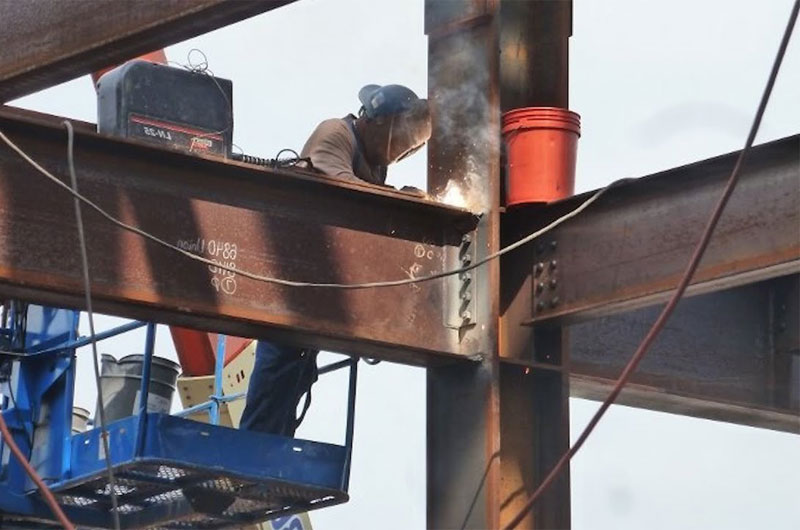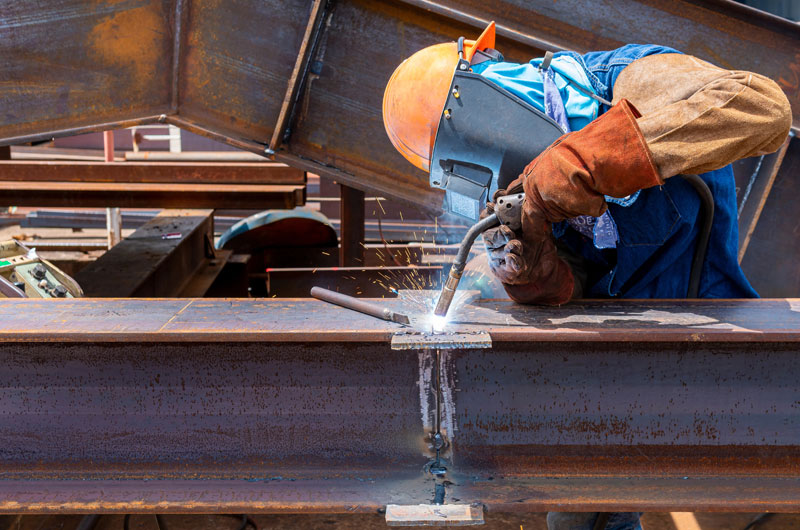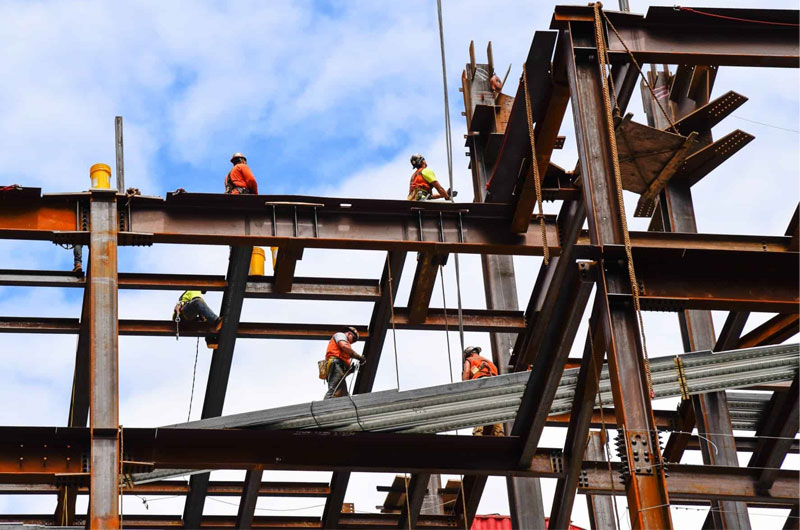Structural welding is a foundational component of the construction industry, playing a critical role in the integrity, safety, and longevity of buildings, bridges, and infrastructure. From skyscrapers to stadiums, welded structural components ensure that modern construction can meet both aesthetic and functional demands.
This article explores the essentials of structural welding, its importance in construction, the welding processes involved, materials used, safety considerations, and recent technological advancements shaping the field.
What Is Structural Welding?
Structural welding refers to the process of joining steel and other metal components that form the framework or skeleton of buildings and infrastructure. The welds are designed to support heavy loads, resist stress, and withstand harsh environmental conditions.
Unlike ornamental or light-duty welding, structural welding must meet rigorous engineering specifications and industry codes such as the American Welding Society (AWS) D1.1 Structural Welding Code—Steel. Welds are often subject to non-destructive testing to ensure structural integrity and compliance with safety standards.
Importance of Structural Welding in Construction

1. Strength and Stability
The primary function of structural welding is to provide strength and stability to a structure. Welded joints are often stronger than the base materials themselves, ensuring that the load is properly distributed and the framework can withstand dynamic forces such as wind, seismic activity, and weight loads.
2. Design Flexibility
Welding allows for complex architectural and engineering designs that would be impossible with mechanical fasteners alone. Engineers and architects can create bold designs with wide-open spans, intricate curves, and varying structural shapes.
3. Cost-Effective Assembly
While welding may seem labor-intensive, it often reduces the need for bolts, rivets, and plates, simplifying construction and reducing the weight of the structure. It enables prefabrication, which allows structural components to be assembled off-site and quickly installed on-site, saving time and labor costs.
4. Safety and Durability
Properly welded structures offer superior resistance to weathering, corrosion (with appropriate materials and coatings), and fatigue. This results in lower maintenance expenses and an extended lifespan, enhancing the long-term sustainability of welded structures.
Common Welding Methods Used in Structural Welding
Several welding processes are employed in the construction industry, each with its specific applications and advantages. The most common include:
1. Shielded Metal Arc Welding (SMAW)
Also known as stick welding, SMAW is widely used for its simplicity and portability. It is ideal for outdoor construction environments where weather conditions may vary. It is especially effective for welding structural steel in bridges, pipelines, and heavy frames.
2. Flux-Cored Arc Welding (FCAW)
FCAW offers high deposition rates and excels in welding thick materials efficiently. It uses a continuously fed tubular wire filled with flux, making it well-suited for heavy-duty structural fabrication and welds that must be completed quickly.
3. Gas Metal Arc Welding (GMAW/MIG)
MIG welding provides a clean and efficient welding process using a shielding gas. It is commonly used for shop fabrication of structural components and for welding thinner gauge materials. It offers a fast welding speed and ease of automation.
4. Submerged Arc Welding (SAW)
SAW is ideal for long, continuous welds in structural steel components like I-beams and girders. It delivers deep penetration and strong welds while minimizing spatter and fumes, making it a preferred method for automated or mechanized welding in large fabrication shops.
5. Gas Tungsten Arc Welding (GTAW/TIG)
While not commonly used in large-scale structural welding due to its slower speed, TIG welding is employed in applications where precision and clean welds are essential, such as stainless steel or aluminum components in architectural structures.
Materials Used in Structural Welding

Steel is the most common material in structural welding due to its high strength, availability, and weldability. Different types of steel are used based on the project’s structural requirements:
- Carbon Steel: Widely used for general structural applications.
- High-Strength Low-Alloy (HSLA) Steel: Offers better mechanical properties and corrosion resistance.
- Stainless Steel: Used in structures requiring high corrosion resistance or aesthetic appeal.
- Aluminum: Less common but used in lightweight structures and architectural features.
Each material requires specific welding techniques and filler materials to achieve optimal results and avoid issues like cracking, warping, or corrosion.
Key Challenges in Structural Welding
1. Environmental Conditions
Outdoor construction sites expose welders to variable weather, which can affect weld quality. Adverse weather conditions such as rain, wind, and extreme temperatures can cause inadequate weld penetration and potential defects.
2. Access and Positioning
Structural components are often welded in difficult-to-reach or awkward positions – vertical, overhead, or confined spaces, requiring skilled welders and specialized techniques.
3. Weld Defects and Quality Control
Common issues such as porosity, cracks, undercutting, and incomplete fusion can compromise the structural integrity of a weld. Quality assurance includes rigorous inspections, non-destructive testing (NDT), and adherence to welding procedure specification (WPS).
Safety Considerations
Structural welding comes with inherent hazards including electric shock, fire, fumes, burns, and eye injuries. Ensuring safety requires:
- Proper PPE (helmets, gloves, flame-resistant clothing, safety boots)
- Ventilation systems to manage fumes and gases
- Training and certification for welders according to industry standards
- Welding curtains and barriers to protect bystanders on site
Additionally, following OSHA guidelines and conducting regular risk assessments are vital for creating a safe working environment.
Codes and Standards
The construction industry follows strict codes to ensure structural safety and performance. Key standards include:
- AWS D1.1 Structural Welding Code—Steel
- AISC (American Institute of Steel Construction) standards
- ISO 3834 for welding quality systems
- API and ASME standards for specialized infrastructure like oil rigs and pressure vessels
Compliance with these codes ensures consistency, traceability, and safety in every welded structure.

